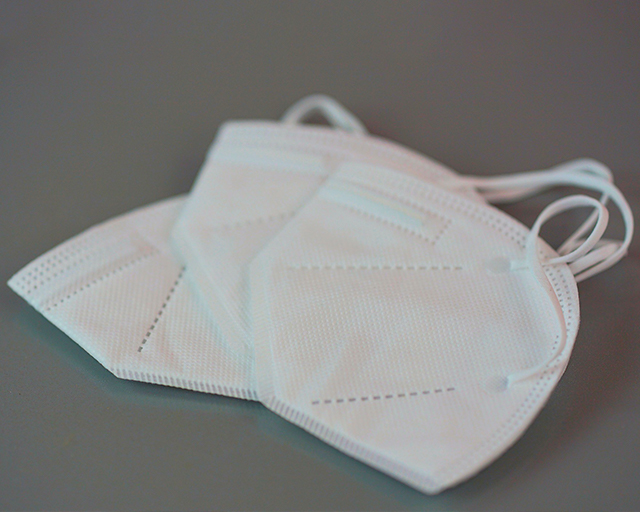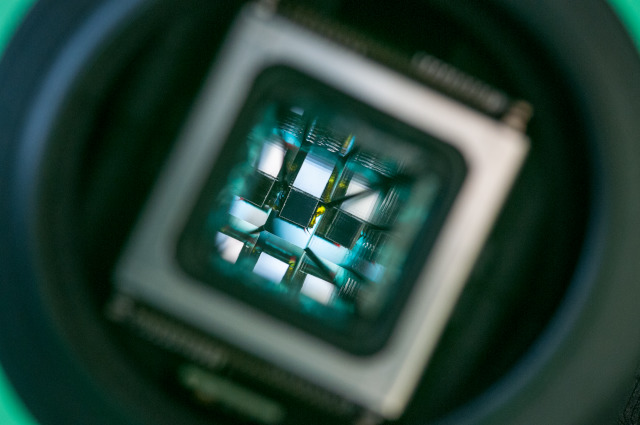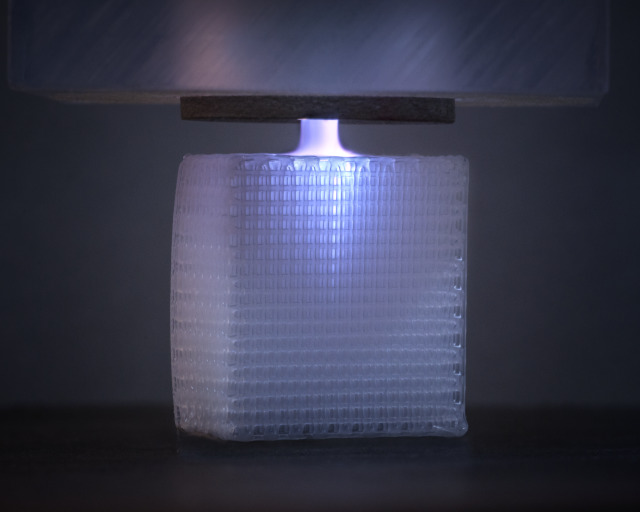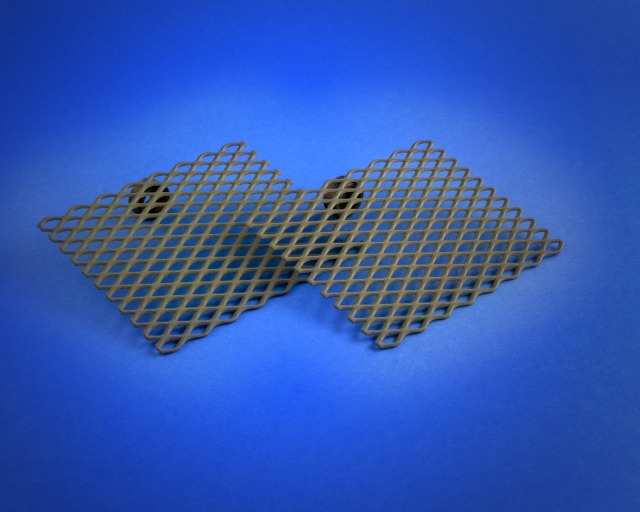The improvement of health care and medical care as well as the reduction of diseases and deaths due to e.g. exposure to pollutants are fundamental goals of the UN. The Fraunhofer IST contributes here with a focus on the following topics:
SDG 3: Health and well-being
Lower pollution levels
Pollutants in the air or water are frequent causes of disease. The Fraunhofer IST is developing photocatalytic films which decompose these pollutants. Furthermore, the institute is participating in projects which address the purification or treatment of water: diamond-coated electrodes utilize electrochemical oxidation in order to kill microorganisms and decompose organic pollutants (see also SDG 6: Clean water).
Innovative medical products
In the field of health care and medical care, the development of innovative medical products and the further development of existing items is an important success factor. The Fraunhofer IST performs research in this area, for example into the production of 3D-printed biodegradable polymer framework structures - known as scaffolds - which should be applied in the treatment of missing bone fragments. They serve as a framework for newly growing bone cells and subsequently decompose over time in the body. The Fraunhofer IST is also developing coating technologies on the basis of atomic layer deposition (ALD), in order to produce thin diffusion barrier films for implants.
Disinfection of surfaces
The killing of fungal spores to protect wood, the sterilization of packaging materials, and the disinfection of food or seeds are all examples of the challenges to the improvement of health and well-being within the context of sustainability goals. At the Fraunhofer IST, atmospheric-pressure plasma processes are being developed in order to enable the disinfection of even temperature-sensitive or unstable surfaces. The utilization of physical plasmas is fast, energy-efficient and environmentally friendly and can, in many cases, replace wet-chemical processes which are, to some extent, ecologically questionable. One possibility for the chemical-free wet-cleaning of surfaces is ozonated water, which can be produced using the diamond electrodes developed at the Fraunhofer IST.
Solutions to combat the SARS-CoV-2 pandemic
From the sterilization of clothing and medical devices to the development of diagnostic and biosensor systems – surfaces play a central role in the containment of the SARS-CoV-2 pandemic. With its expertise in research and development in surface technology and competencies in the associated product and production systems the Fraunhofer IST is making an important contribution in various projects to combating the current corona pandemic and to prevention and resilience.



